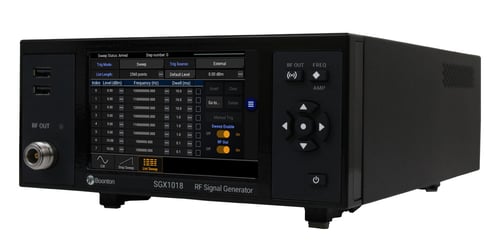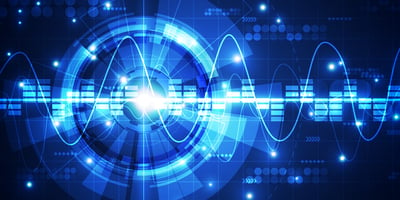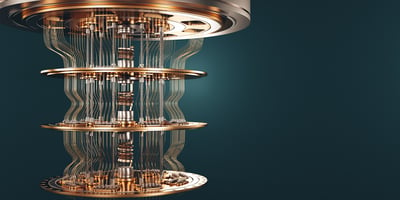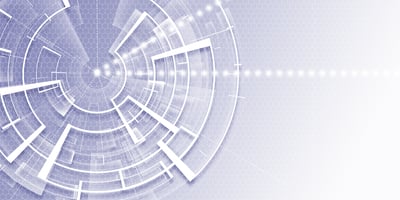Local oscillators (LO) are crucial components used in the upconversion and downconversion chains of...
Choosing a Signal Generator for Radar Testing? These Parameters Are Key
Signal Generator Parameters
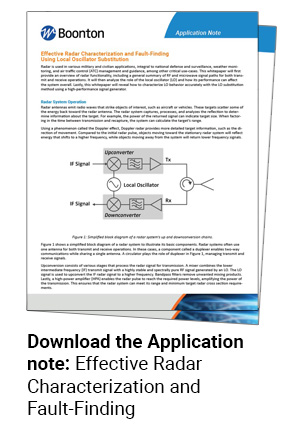 While there are many parameters to consider, we’re going to review three key signal generator features for radar testing – phase noise, frequency switching speed, and cost.
While there are many parameters to consider, we’re going to review three key signal generator features for radar testing – phase noise, frequency switching speed, and cost.
Phase noise
Radar transmits radio waves toward a target and captures the reflection to uncover information like size and distance.
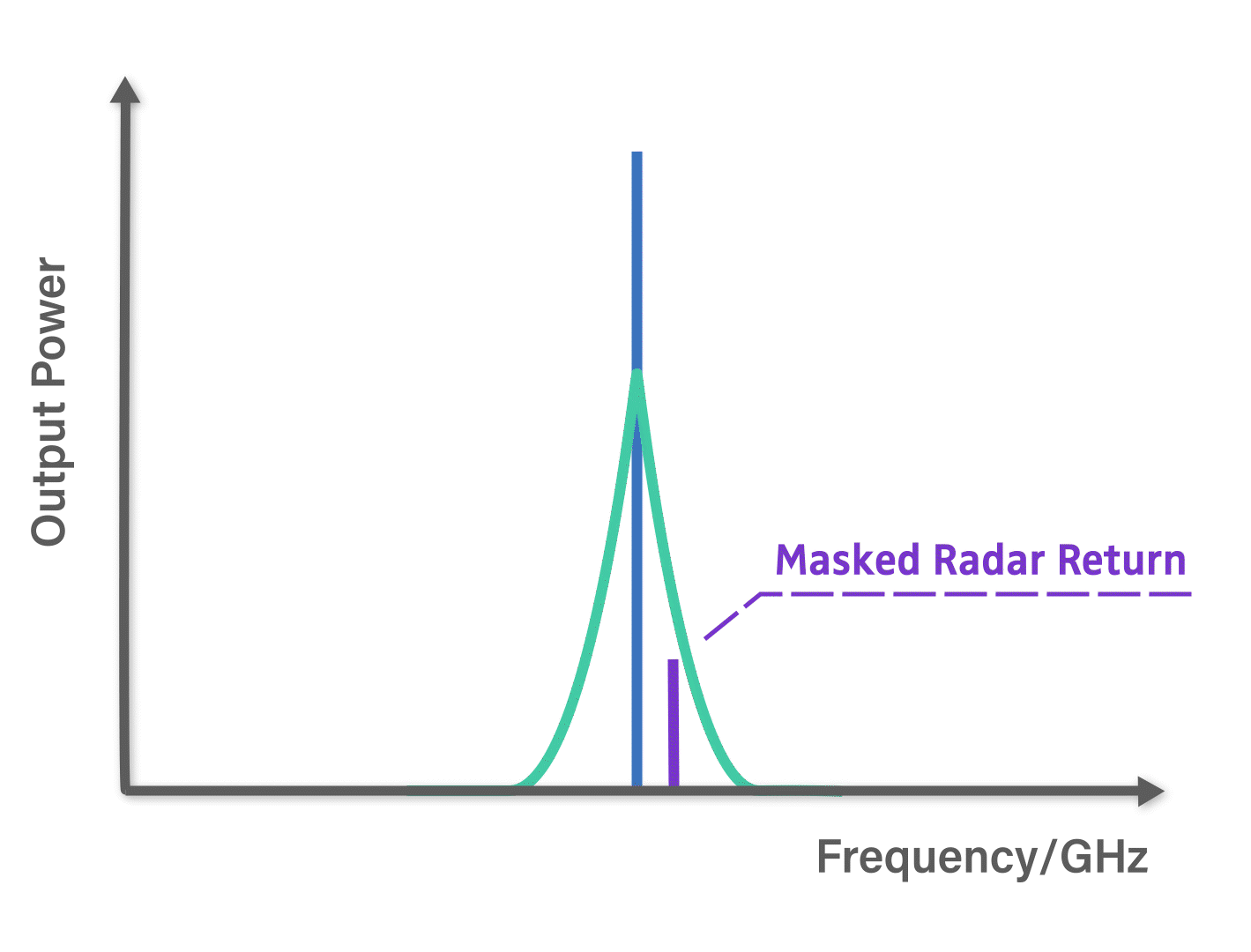
Doppler radar systems reveal additional data, such as a target’s speed and direction of movement, by detecting the change in frequency from the initial radio pulse.
Known as the Doppler effect, signals shift higher in frequency when a target is moving toward the radar system, and conversely shift lower in frequency when moving away from the radar system. This concept can be likened to the changing sound waves of a police vehicle’s siren as it accelerates down a road.
Elevated LO phase noise in Doppler radar systems can mask close-in radar returns. For example, slow moving targets with a low frequency Doppler shift and signals with low reflected power can be hidden by excessive phase noise.
As a result, LO substitution in radar systems requires signal generators with excellent phase noise performance.
Frequency switching speed
Many radar systems need to hop between different operating frequencies quickly. Frequency agility is important for several reasons, some of which include:
- Avoiding interference
- Improving the detection of a particular target
- Limiting the effects of electronic jamming
Insufficient switching speed also contributes to lengthy test times. Signal generators with rapid switching performance can sweep through an extensive range of frequencies and amplitudes to expedite testing and meet the needs of agile radar systems.
Cost
Achieving ideal phase noise and frequency switching in a single instrument with a traditional architecture increases the price.
An instrument can enhance a parameter or two based on its design. Different architectures include direct analog synthesis (DAS), direct digital synthesis (DDS), and phase-locked loop (PLL). Although certain improvements are tied to a particular architecture, each presents various drawbacks that impede the testing process.
So, how can signal generators achieve low phase noise, fast frequency switching speed, and a low cost? The Boonton SGX1000 Series; that’s how.
A Signal Generator that Delivers on Performance and Price
When it comes to performance and price, the Boonton SGX1000 Series RF Signal Generators check both boxes.
Designed with a proprietary blend of DAS and DDS, the SGX1000 Series delivers ultra-low phase noise (-122 dBc/Hz at 3 GHz with a 10 kHz offset) and a 350 µs frequency switching speed. Frequency ranges include 10 MHz to either 3 GHz or 6 GHz, and 100 MHz to 18 GHz.
A selection of different modes, including Step Sweep and List Sweep, suit a variety of test needs that require frequency and amplitude sweep capabilities. Beyond radar, the SGX1000 Series is a great solution for component characterization, frequency agile communications systems, and high throughput manufacturing applications.

READ NOW: RF Signal Generation & Radar
For more information on important signal generator parameters for radar testing, download the Boonton white paper, "Is your Signal Generator Agile Enough for your RADAR System Testing?"
Ensure your radar system is tested properly and cost-effectively with the Boonton SGX1000 Series.

